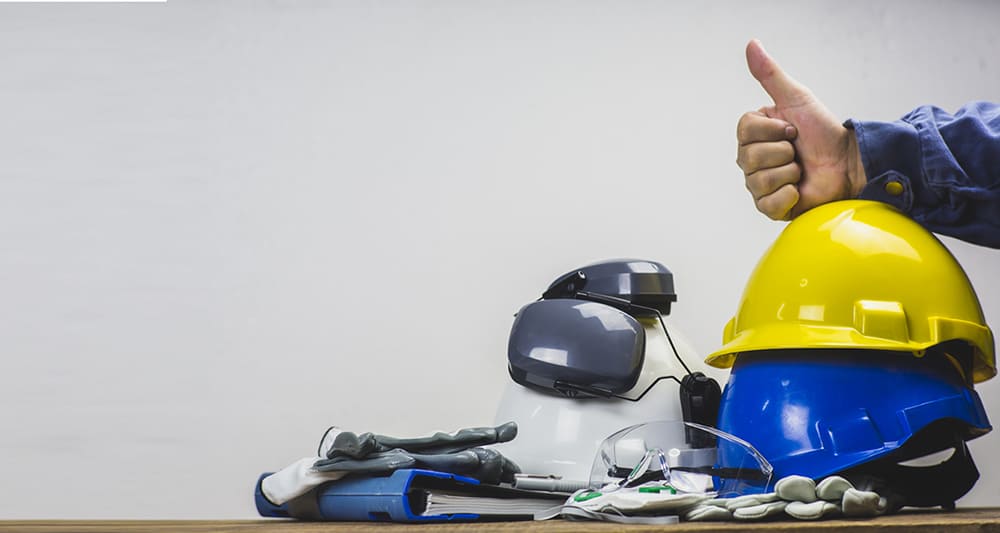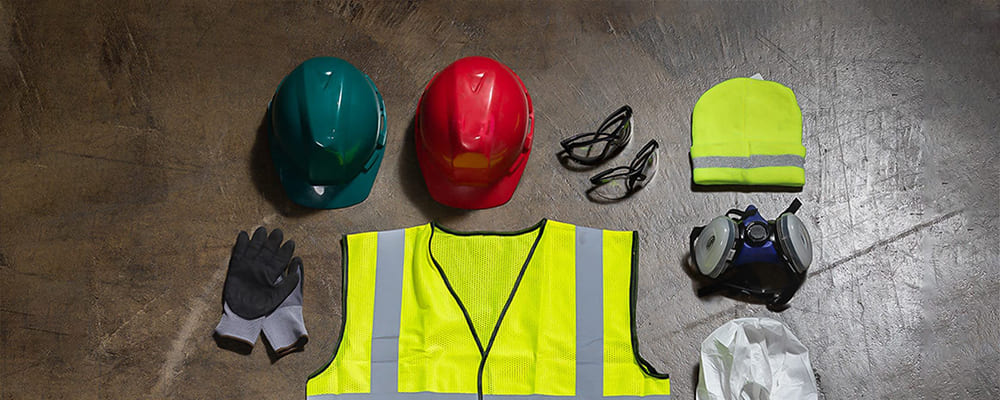PPE Buying Guide: Ensuring Safety and Protection

In the face of global health crises, personal protective equipment (PPE) plays a vital role in safeguarding individuals from potential hazards. Whether it's a pandemic outbreak or occupational risks, choosing the right PPE is essential for maintaining personal safety. This comprehensive buying guide aims to provide valuable insights and considerations to help you make informed decisions when purchasing PPE.
Assessing Needs and Risks:
Before purchasing PPE, it is crucial to assess the specific needs and risks associated with the intended application. Consider the nature of the hazard, potential exposure levels, and the required level of protection. Conduct a thorough risk assessment to identify the necessary types of PPE, such as masks, gloves, goggles, face shields, or protective clothing.
Quality and Compliance:
Ensure that the PPE meets relevant quality standards and certifications. Look for products that comply with regulations and guidelines set by authoritative bodies such as the Food and Drug Administration (FDA) or the Occupational Safety and Health Administration (OSHA). Certification marks like CE (Conformité Européene) or NIOSH (National Institute for Occupational Safety and Health) provide assurance of compliance.
Fit and Comfort:
Proper fit and comfort are essential for the effective use of PPE. Ill-fitting equipment can compromise protection and reduce wearer compliance. When selecting PPE, consider factors such as size ranges, adjustable features, and ergonomic design. Testimonials or user reviews can offer valuable insights into the comfort level of different products.
Durability and Longevity:
Evaluate the durability and expected lifespan of the PPE. Depending on the intended use, some equipment may need to withstand extended periods of use or exposure to harsh conditions. Look for materials that are resistant to tearing, abrasion, or chemicals, ensuring that the PPE remains functional for the required duration.

Ease of Use and Compatibility:
PPE should be user-friendly and compatible with other necessary equipment. Consider features such as ease of donning and doffing, intuitive adjustments, and compatibility with other PPE items. Smooth integration between different components can enhance safety and reduce the risk of gaps in protection.
Availability and Supply Chain:
During times of increased demand, ensuring a reliable supply chain is crucial. Research reputable suppliers and manufacturers with a proven track record of delivering quality PPE. Maintain awareness of potential disruptions or shortages and consider establishing contingency plans or alternative sourcing options.
Training and Instruction:
Proper training and clear instructions are vital for effective PPE usage. When purchasing PPE, consider the availability of user manuals, guidelines, or online resources that provide comprehensive instructions on donning, doffing, cleaning, and maintenance. Adequate training ensures optimal protection and reduces the risk of misuse.
Cost Considerations:
While cost is a factor to consider, it should not be the sole determinant of your PPE selection. Striking a balance between cost and quality is essential. Cheaper options may compromise on durability, effectiveness, or compliance. Evaluate the overall value of the PPE based on its quality, reliability, and the level of protection it offers.
Conclusion:
Selecting the right PPE is crucial for safeguarding personal safety and mitigating risks. By considering factors such as needs assessment, compliance, fit, durability, and ease of use, you can make informed decisions when purchasing PPE. Remember to prioritize quality and reliability over cost, ensuring that your chosen PPE provides the necessary protection when it matters most. Stay safe and stay protected!










